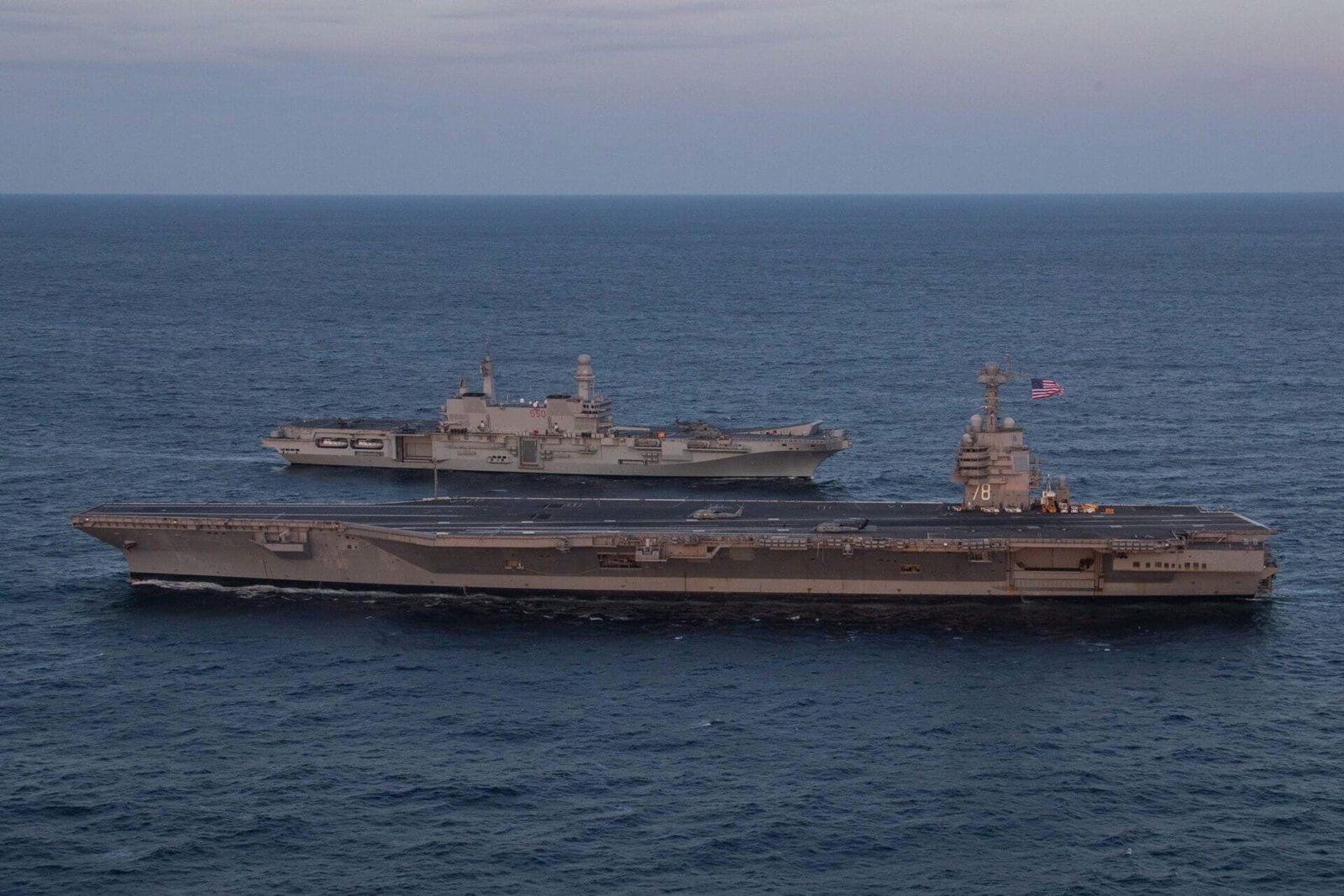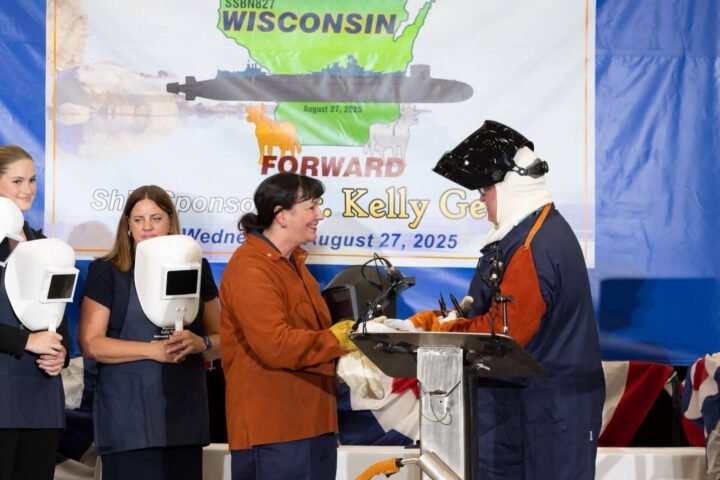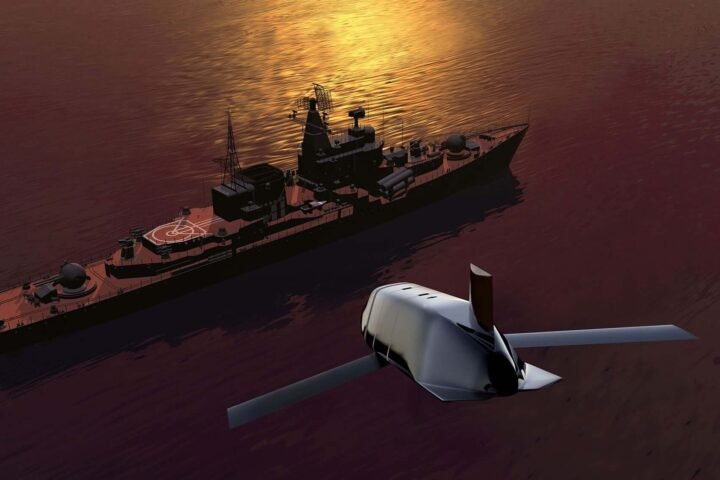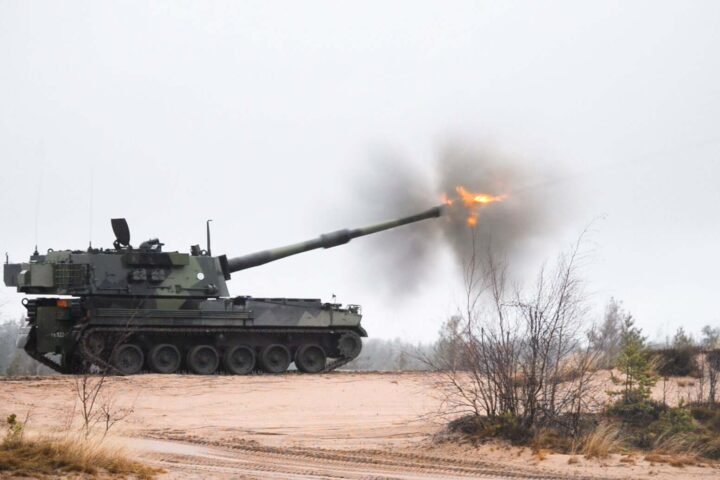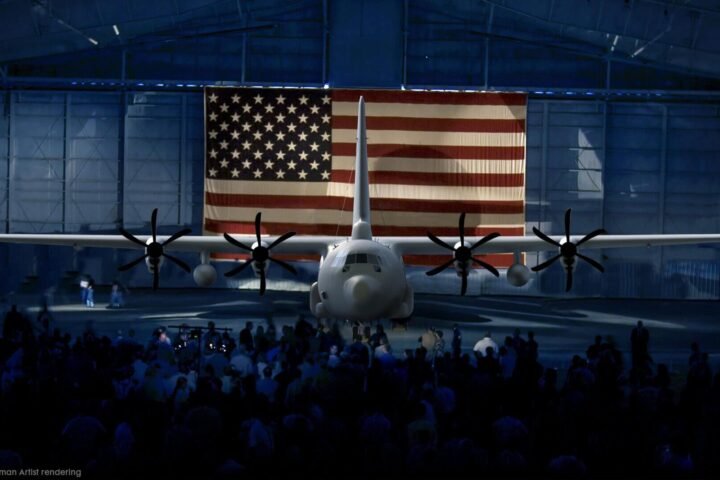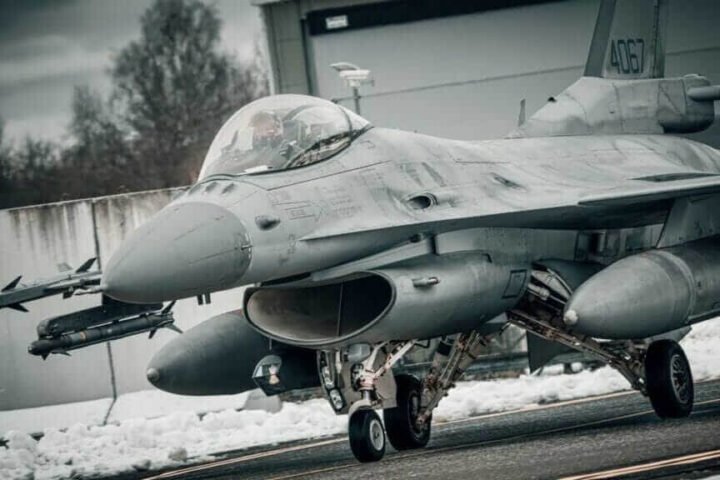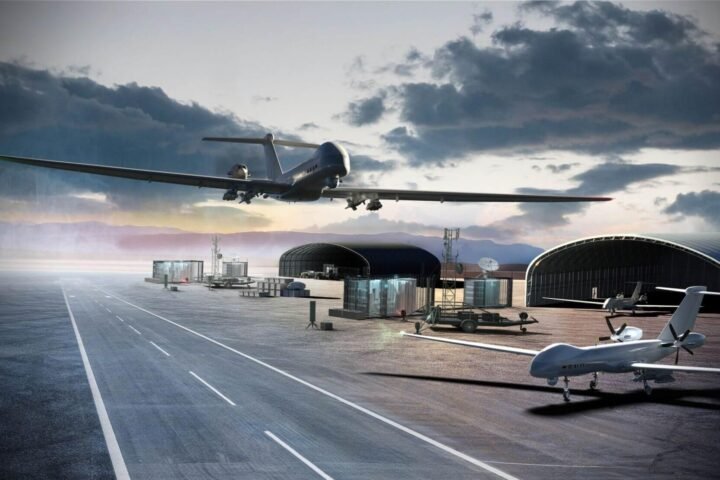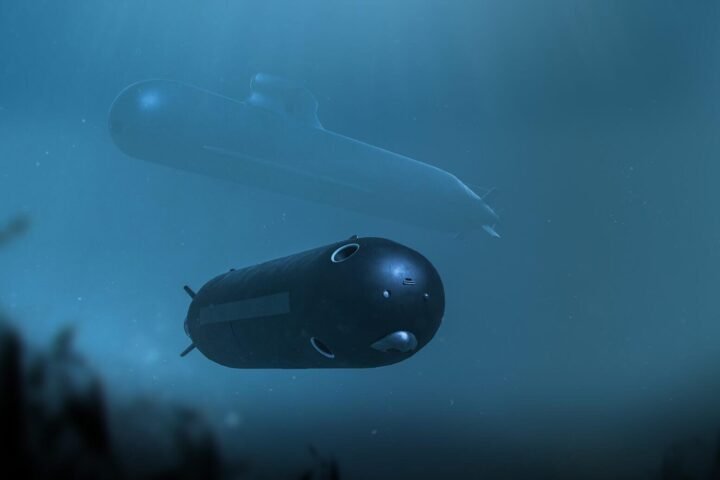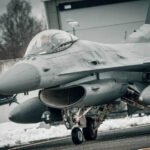The aircraft carrier remains the core of the U.S. maritime power projection capability. This is the message reiterated by the Air Boss, Vice Admiral Daniel Cheever, commander of Naval Air Forces and Naval Air Force Pacific, speaking at an event jointly organized by CSIS and U.S. Naval Institute.
_”We are committed to maintaining the level established by the National Defense Authorization Act, with eleven aircraft carriers and nine embarked air groups_”, Cheever asserted. _”The aircraft carrier is highly symbolic, it represents America and is a visible deterrent anywhere in the world. When an aircraft carrier arrives in theatre, everyone immediately perceives its presence, which equates to having an air force superior to that of any nation.”_
The upcoming Ford-class: Clinton and Bush

The Navy’s 2025 budget has allocated $612 million for the purchase of materials for the future USS William J. Clinton (CVN-82), without yet confirming a multiyear contract that also includes the subsequent USS George H.W. Bush (CVN-83). According to the current schedule, the CVN-82 will be purchased in 2030 with delivery expected in 2040, while the CVN-83 will follow in 2034 with delivery in 2043.
_”I am excited about the 82 and 83_”, Cheever emphasized “_because they represent the continuity of the Ford class and will lead us to a fleet in which the majority of the aircraft carriers will be next-generation.”_
Fleet Challenges
Despite long-term planning, the Navy faces tangible problems: the John F. Kennedy (CVN-79) has experienced a delay in delivery, moved from 2025 to 2027 due to difficulties in integrating the _Advanced Arresting Gear_ and _Advanced Weapons Elevators_. Delays also affect the Enterprise (CVN-80), which will not enter service until 2030.

The risk is that, without a life extension of the USS Nimitz (CVN-68) or USS Dwight D. Eisenhower (CVN-69), the fleet may temporarily drop to ten units, below the threshold imposed by Congress.
Arrival of the MQ-25 Stingray

A crucial piece for the future of embarked operations is the introduction of the MQ-25A Stingray, the Navy’s first unmanned tanker. After years of delays, the first production model will fly this year and start integration testing on board in 2026, with the initial operational capability expected for 2027.
The Stingray will initially be deployed on the USS George H.W. Bush (CVN-77) and will represent the first step towards manned-unmanned teaming, i.e., cooperation between piloted aircraft and next-generation combat drones.
_”I envision large platforms, with manned and unmanned, operating together during a mission, integrating capabilities and learning in real-time_” Cheever explained, emphasizing how the Stingray could pave the way for the use of future Collaborative Combat Aircraft.
The Navy intends to acquire 76 MQ-25A Stingrays at a total cost of about $1.3 billion, reflecting a structural investment towards human-machine integration.
Growing Demand for Carrier Strike Groups
![]()
Meanwhile, operational demand for Carrier Strike Groups shows no signs of slowing down. Over the last three years, each aircraft carrier deployment from the East Coast has been repeatedly extended: initially in the Mediterranean as a deterrent, and then to meet the needs of CENTCOM following Hamas attacks in Israel and Houthi rebel offensives in the Red Sea.
_”One thing is certain: we will always have aircraft carriers. They represent the guarantee of air security for sea control in the future_”, the Air Boss concluded.

